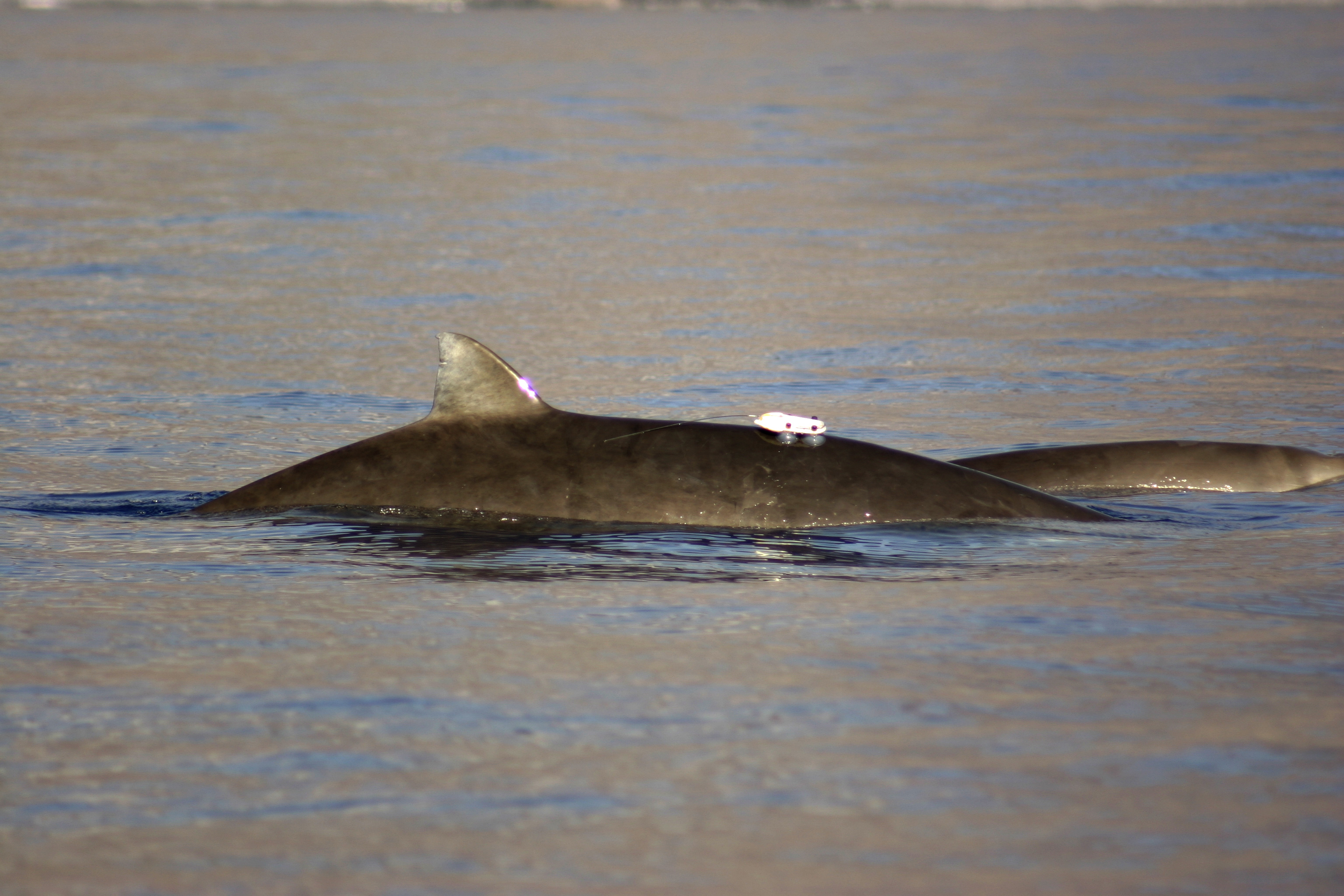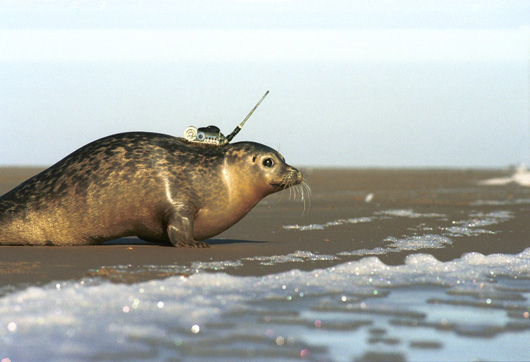As usual browse the page, follow links, watch videos, spend time where you find you are most interested.
In the Oddkin, Companion Species and String Figures lecture you watched documentation of some media-art projects that involved both live animals and sensors:
- The Hive – an affective experience of life in a bee hive.
- Pigeon Blog – collaboration between species to monitor air quality.
- Amphibious Architecture – used sensors to detect fish in the East and Bronx rivers to give participants an understanding of the river ecosystems all around them.
Sensing technologies are a major part of the current media landscape. They are often combined with video, graphics, and data-visualization to model and understand issues to do with animals and the environment in a more purely scientific context.
- WATCH the video above about Icarus (International Cooperation for Animal Research Using Space)
- READ about Icarus
- READ knowledge benefits conservation
- READ pathogens on the move
- This major scientific endeavor is making many of the same points as Donna Haraway and the media-art projects above, stressing.
- inter-connectivity.
- the possibility and need for inter-species co-operation.

- MEOP (Marine Animals Exploring the Oceans Pole to Pole)
- Brief Overview (source mammals in southern ocean)
- the southern ocean has a fundamental role in regulating the climate.
- attempts to model effect of warming on the ocean hampered by lack of data.
- ocean mammals help supply data, i.e. elephant seals dive long and deep.
- over 500,000 temperature and salinity measurements taken since 2004.
- READ guardian news story on Elephant Seal Trackers.
- READ What is MEOP?
- BROWSE Sea Mammal Research Unit – St Andrews University.
- Brief Overview (source mammals in southern ocean)
- LISTEN TO “How tech is changing animal conservation,” Guardian Podcast, 2/24/17, 19 mins
Using media technology for animal conservation and to combat climate change seems like a win/win situation. Animals are studied to further conservation goals BUT they also become unwitting sensors for other purposes. Remembering Donna Haraway, “It matters what knowledges know knowledge …” What are the implications of using animals as instruments? Is it ethical to put sensors on them? What could make it ethical?

Is a cuter image more disturbing? Does it make this instrumentalizing less palatable?
Sensors are also being used to track plants and forests.
- Browse Harvard Experimental Forest
- Brief Overview (source Spectrum IEEE)
- long-Term Ecological Research (LTER) site, funded by the National Science Foundation, started in 1988.
- 1000s of sensor detect entangled connections of soil, atmosphere, water, micro-organisms, plants, animals for example:
- air and soil temperatures, humidity, precipitation, and solar radiation (collected every second).
- level and flow of every stream is monitored by pressure meters.
- three Raspberry Pi–powered acoustic sensors, detect bird/insect song.
- “phenocams” time-lapse cameras detect natural cycle (first buds, leaves etc).
- thermal cams follow tree response to heat stress.
- 6 eddyflux towers detect movement of gas in air several times a second (carbon dioxide, water vapour, ozone and oxides of nitrogen.
- experiments (heat specific area of forest and watch results)
- purpose: to allow scientists to formulate strategies to mitigate the worst effects of climate change for forests, woods, lakes, grasslands, and farms around the globe.
Again this research resonates with Donna Haraway’s concerns. Instead of trying to isolate a specific species, these Harvard scientists are trying to take into account the relationships between everything in the forest. They are trying to understand complexity and inter-connectivity.
Using sensors in a forest seems to be far less ethically tricky. However some humanists are concerned about the way sensor and computational technology is increasingly being used to understand the environment.
“… how environmental processes and relationships are not only increasingly studied through computational technology, but also seen to be analogous to computational processes. Read through devices such as sensors and satellites, and assembled into networks and code, ecology is now a shifting entity that typically becomes visible – and manageable – as information.” Jennifer Gabrys, Program Earth, p 15
- The key word is analagous – what starts as a useful metaphor may become a limiting mental framework.
- Gabrys is suggesting that understanding the environment as computation and information may be detrimental.
- This way of proceeding simplifies and reduces complexity – in the way that all model-making simplifies, abstract and reduces.
- This way of thinking may morph into hubristic beliefs in technological fixes and saviors.
- The Plastic Tide
- drone flying over UK coast line to detect plastic on beaches.
- learning algorithm being trained to detect plastic autonomously.
The AI of the plastic tide drone may detect the plastic, but citizens were needed to identify plastic in all the images used to train the algorithm (and to pick up the plastic!). Citizen involvement and citizen science projects, often made possible by media interfaces, are a growing avenue for those interested in the environment. To finish today, and the semester, here are some links to citizen science projects you may want to check out and take part in.
- Icarus’s Animal Tracker App
- Citizen Science.gov
- Zooniverse –
- site connecting volunteers and citizen scientists to research projects
- climate projects
- Marine Debris Tracker